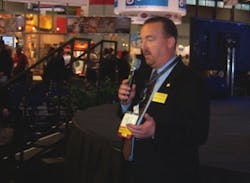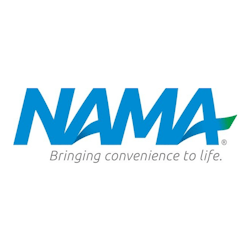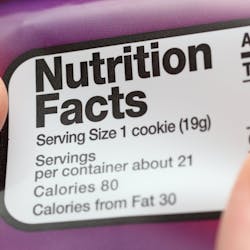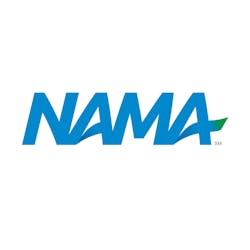The recent National Automatic Merchandising Association OneShow in Chicago featured self checkout markets that are currently available to operators. In order for attendees to better understand how these systems work, an "operator perspectives" panel was held on the show floor. Two vending operators discussed their experiences with the two most established systems, Retail 365 and Avanti Markets.
Richard Harvey, president of A&R Services LLC, Monument, Colo., described his experiences with Avanti Markets while Jeff Rank, vice president of foodservice at Sterling Services in Canton, Mich. discussed the Retail 365. Sterling Services is affiliated with Retail 365.
Harvey was enthusiastic about Avanti Markets. "That market took off with a bang," he said. "I'm really excited about it."
He said his first market has produced $6,500 per week in sales, consistently. He noted this triples the sales of a vending bank. He said profit margins are between 16 and 20 percent, which is much higher than vending.
Harvey said the market offers 350 different stock keeping units (SKUs). These include fresh food and vegetables.
He said he has a coffee bar set up in the market, which has a large variety of Keurig coffee offerings.
One benefit the market provides is that unlike vending, the tax is not included in the selling price, Harvey said. Instead, it is added after the product is selected.
Harvey said the products are pre-picked in the warehouse.
Sixty percent of the sales in the market are credit or debit, Harvey noted. "That speaks for cashless more than anything else," he said.
Harvey said the markets have to go in a secure location.
Asked what the minimum size account is needed for a market, Harvey said he looks for a site with 140 employees minimum.
He said it was initially difficult to get clients to understand the concept.
As a vending operator, Harvey said he was glad to have a service that is less competitive than vending. Instead of focusing his attention on competition, the self checkout market allows him to focus on serving the customer.
During the question and answer period, one attendee asked how the operators deal with locations that don't want employees to be tempted to steal product.
Rank said there are locations that don't want self checkout markets for this reason, but a professional human resources manager is not likely to hold this view.
Asked if the kiosk becomes inactive if the Internet connection gets disconnected, Rank said the kiosk is programmed to go "offline" and continue working. "There is no downtime," Rank said.
Asked how much money is needed to provide a market, Harvey said it typically costs $9,000 for the entire system, including software, kiosk, the coolers, the freezers and the surveillance cameras. He noted that he usually has four to eight cameras installed at each market.
Asked how often the markets are restocked, Harvey said it depends on the location, but his busiest market gets stocked five times a week.






